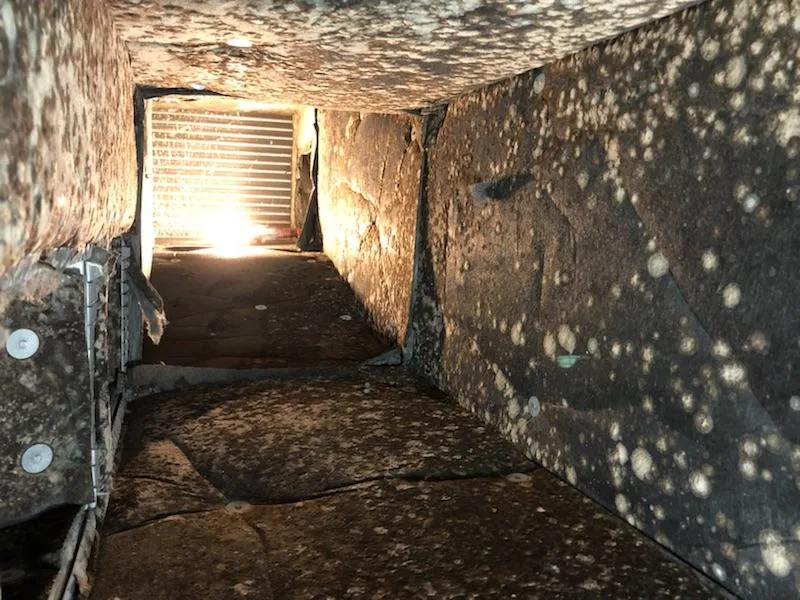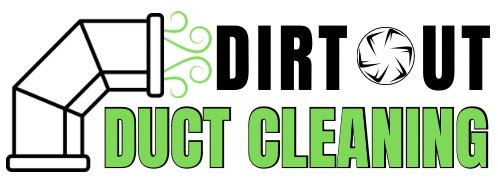
Mold Cleaning/Treatment
Mold cleaning/treatment in air ducts involves the process of identifying and remedying mold growth within the HVAC (heating, ventilation, and air conditioning) system's ductwork. Mold can thrive in damp and dark environments, and if it's present in the air ducts, it can spread spores throughout the indoor air, potentially leading to health issues and poor indoor air quality. Mold cleaning/treatment aims to eliminate mold growth and prevent its recurrence.
The process of mold cleaning/treatment in air duct cleaning services typically includes the following steps:
1. Initial Inspection:
Professional technicians begin by inspecting the HVAC system and ductwork to identify any signs of mold growth. This may involve looking for visible mold, signs of moisture, and other indicators.
2. Isolation and Safety Measures:
If mold is detected, technicians take precautions to prevent cross-contamination. They isolate the affected area and follow safety protocols to protect themselves and the occupants.
3. Moisture Source Identification:
Mold growth often occurs due to excess moisture. Technicians identify and address the source of moisture, such as leaks or inadequate ventilation, to prevent future mold growth.
4. Mold Removal:
The removal process begins by using specialized equipment to dislodge and remove mold from the duct surfaces. Brushes, air agitators, and other tools are used to break up mold colonies.
5. HEPA Vacuuming:
High-efficiency particulate air (HEPA) vacuums are used to capture mold spores and debris released during the cleaning process. HEPA filters trap even small particles, preventing their dispersal.
6. Anti-Microbial Treatment:
After the initial cleaning, an anti-microbial treatment is applied to the cleaned surfaces. This treatment helps prevent mold regrowth by creating an environment that is inhospitable to mold.
7. Final Inspection:
Technicians conduct a final inspection to ensure that all visible mold has been removed and treated. They may use moisture meters to confirm that the area is dry.
8. Reassembly:
If any components were removed during the process, they are properly reassembled to ensure the HVAC system functions correctly.
9. Post-Treatment Recommendations::
Technicians may provide recommendations to prevent future mold growth, such as improving ventilation, fixing leaks, and maintaining indoor humidity levels.
